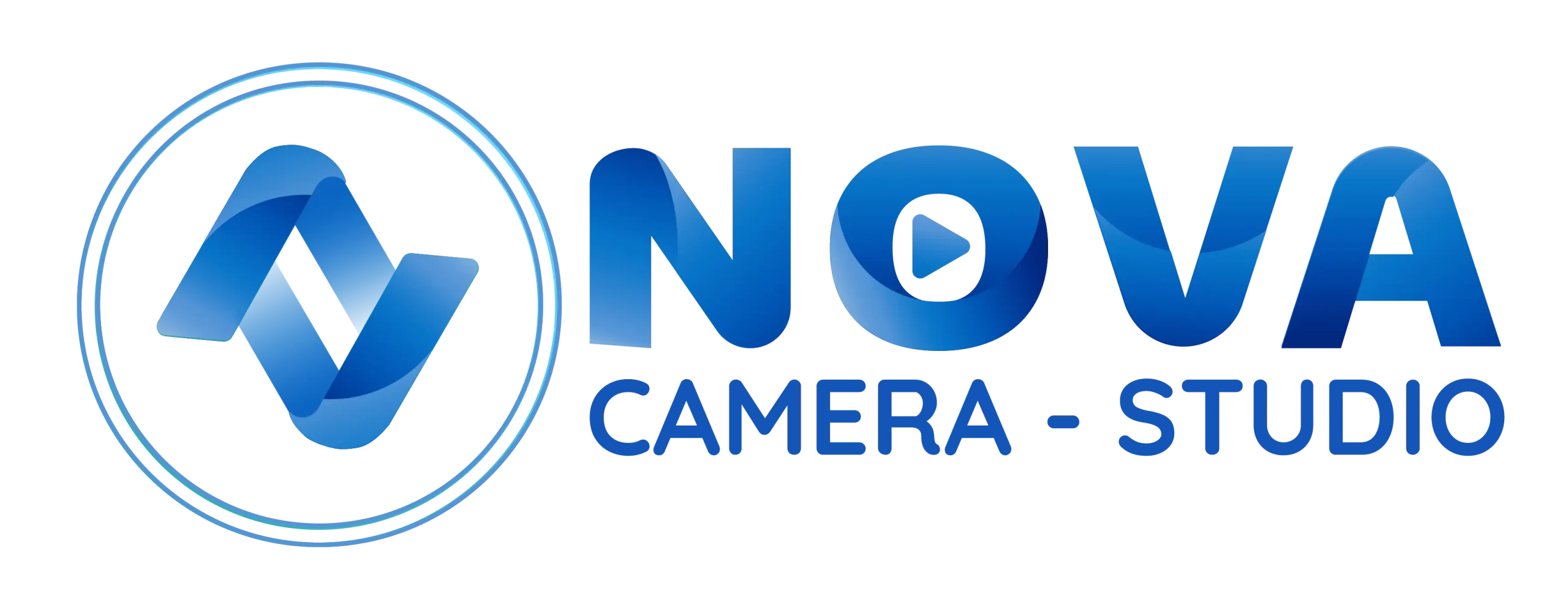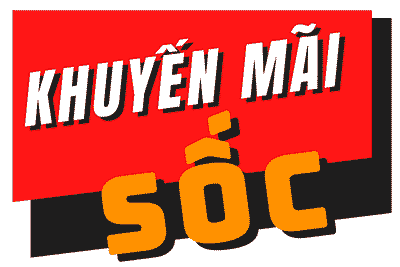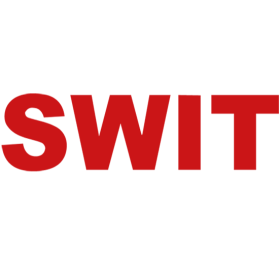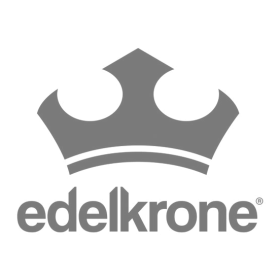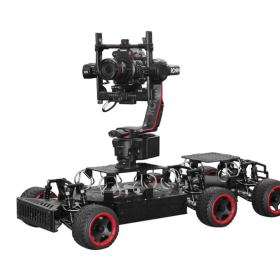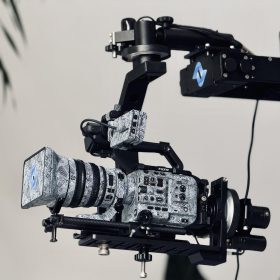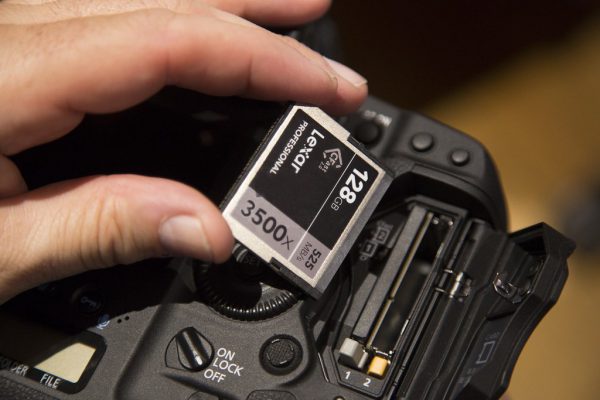No, backflushing is typically only used in businesses that have a continuous production process and produce a high volume of identical products. It is not suitable for businesses with complex production processes or those that have a high degree of customization in their products. Backflush is an accounting term used to refer to a method of tracking inventory costs where the costs are calculated and recorded at the end of the production process, instead of at each stage of production.
However, this level of detail can be inefficient and cumbersome in industries with repetitive, standardized production processes. Backflush accounting simplifies this by using predetermined cost rates and applying them only once the product is finished, significantly reducing the administrative burden. By minimizing the administrative effort involved in tracking raw materials and labor costs, backflush accounting can help reduce operational costs. Additionally, businesses that implement backflush accounting typically experience lower inventory management costs due to the automation of tracking and reporting. In backflush accounting, once the production process is complete, the system automatically “flushes” the costs based on predefined rules or predetermined rates.
This article delves into inventory backflushing, how it works, and its benefits to businesses, explicitly referring to the functionalities provided by SYSPRO and DATASCOPE PREMIUM WMS. Backflushing in accounting is a systematic process utilized in cost accounting and inventory management within manufacturing environments. It involves the retroactive recording of material usage and production activities, allowing for the efficient management of inventory and optimized production processes. Backflushing in accounting is a strategic approach that simplifies the inventory management and costing process for businesses. Companies using backflush costing, therefore, primarily work backward, calculating the costs of products after they’re sold, finished, or shipped. Sometimes costs differ, so companies eventually need to recognize the variances in standard costs and actual costs.
- As manufacturing operations grow, the scalability of the backflushing system becomes critical.
- Protecting sensitive information related to inventory transactions is crucial, and manufacturers must implement robust cybersecurity measures to prevent unauthorized access or data breaches.
- To ensure BOM accuracy, regularly review and update your BOMs to reflect any changes in materials or production processes.
- The materials are usually issued from the stores to a supermarket on the shop floor without being related to a specific production order but in the amount needed to cover the demand of the already released production orders.
This means that inventory levels are adjusted retroactively, based on the number of finished products produced. By doing so, businesses can reduce administrative burdens, simplify tracking, and expedite production processes. The traditional way of issuing consumed materials is by using dual issues and returns against work orders. Components are counted when issued to a production order from Stores when the production order is opened.
We and our partners process data to provide:
This is done by applying standard costs to products or services after they have been sold or delivered. It’s important to keep in mind that differences between these standard costs and actual costs happen often — but more on that when we get to the section on the challenges of backflushing. The success of backflushing inventory depends on how closely standard costs match actual costs, ultimately ensuring accurate inventory costs.
- In this comprehensive article, we’ll delve into the intricacies of backflushing, exploring its definition, principles, implementation, advantages, and potential challenges.
- The benefits of backflushing include time savings, improved accuracy, simplified inventory management, cost efficiency, enhanced production flow, and reduced administrative burdens.
- Usually the first approach (scanning at the withdrawal) is used for materials which are piece goods.
Inventory Management and Backflush Accounting
Calculating materials usage involves assessing how raw materials are transformed into finished products. This starts with analyzing the bill of materials (BOM), which details the components and quantities required for each product. Variance analysis compares expected material usage with actual consumption recorded post-production, identifying inefficiencies or waste. For example, if a manufacturer anticipates using 500 units of a component but only requires 450, this variance highlights areas for improvement in resource management. By doing so, it enhances the ability to track production costs and inventory levels, providing a comprehensive overview of the production process.
Data Security Measures
Identifying what your manufacturing process demands is vital before you leap into backflushing. You must ensure that raw material tracking, production cycles, and production scrap recording align perfectly with the requirements of a robust cycle-count program. Backflush inventory streamlines the manufacturing accounting process by automating the recording of used materials.
Accuracy Concerns
It is responsible for automatically updating the inventory levels by deducting the required quantities of components once a trigger point is reached. To ensure the smooth adoption of backflush inventory systems, businesses must harness key strategies tailored to their operations. These methodologies not only facilitate a seamless integration but also reinforce the robustness and responsiveness of inventory management processes in today’s dynamic manufacturing landscapes. Streamlining processes not only enhances efficiency but also brings notable cost savings, making backflush inventory a financially prudent choice for many businesses. Implementing this inventory method typically reduces the time and effort required to track components through each stage of the production cycle. Backflushing automates the inventory deduction process, aligning material usage with final production output in real-time.
It also leads to more efficient production and sales while supporting educated decisions on pricing, profitability, and resource allocation. Achieving efficiency, business sustainability, and profit maximization is something Katana knows a thing or two about. Backflushing can complicate inventory audits since it deducts materials based on completed production rather than real-time tracking. Regular audits are necessary to ensure physical inventory matches recorded amounts and to identify discrepancies. Backflushing is most effective in manufacturing environments with standardized processes and products.
Products
By recording costs only after the completion of the production cycle, businesses can minimize the need for frequent inventory updates and reduce the chances of discrepancies in inventory counts. With integrated systems like Warehouse 15, which offer real-time barcode scanning and inventory tracking, backflush accounting becomes even more efficient. This integration ensures that businesses have accurate, up-to-date information about their inventory levels, helping them make better decisions related to stock purchases, production schedules, and pricing strategies. While backflush accounting is beneficial in many scenarios, it may not be appropriate for all businesses. If your production process is highly customized or if your products require significant variation in terms of components or labor, backflush accounting may not provide the level of accuracy needed.
How Backflush Accounting Helps in Manufacturing Finance
Protecting sensitive information related to inventory transactions will be crucial, and advancements in cybersecurity will play a pivotal role. Protecting sensitive information related to inventory transactions is crucial, and manufacturers must implement robust cybersecurity measures to prevent unauthorized access or data breaches. Monitor the overall performance of the backflushing system, including its impact on efficiency, cost savings, and accuracy in inventory tracking. The Bill of Materials is a comprehensive list that outlines all the components, parts, and materials required for the assembly of a finished product. Strategic implementation unlocks these benefits and more, paving the way for a tighter, leaner production process.
Businesses can decrease the amount of manual data entry needed, which directly translates into reduced labour costs. It’s a streamlined process well-suited to fast-paced manufacturing environments with consistent output levels. Backflush inventory stands as a beacon of modern supply chain efficiency, backflushing inventory streamlining operations like never before. TAG Samurai empowers you with insights into your inventory costs, allowing you to make informed decisions to optimize spending.
Inventory management systems like Warehouse 15 by Cleverence play a vital role in this process by providing businesses with real-time insights into their inventory levels. Warehouse 15 integrates barcode scanning technology, which helps track goods as they move through the production line. This integration not only ensures that inventory data is up to date, but it also minimizes human errors in data entry, which could affect the accuracy of cost allocations in backflush accounting. Inventory backflush is a powerful tool for optimizing inventory management in manufacturing environments, particularly those with repetitive production processes. Automating the issuance of materials and labor enhances efficiency, accuracy, and cost-effectiveness.
